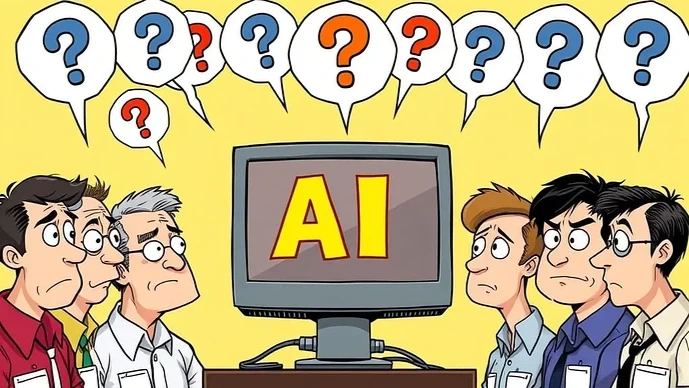We have a media bias problem. A majority of Americans get their news through social media and a significant fraction from cable news. Both social media and cable news are biased in their selection (or algorithmic curation) of news stories and in the nature of the coverage. The same facts can be couched in different contexts or selectively edited to make them appear to support a side. Objectivity is playing “bothsidesism” – even though there may be just lip service given to the other side or there is credulity given to the other side when there isn’t any – in order to appear objective. This bias is getting worse and is buttressed with emotional energy and gotcha journalism. It is a sad state of affairs.
There has always been some level of media bias. The recent cultism notwithstanding, the right has always accused mainstream media of leaning left and the left has always considered conservative media to be too bombastic. That kind of bias seems almost quaint compared to the viciousness we see today. Today’s “bad bias” has received a lot of attention as fake news and outrage is manufactured and propagated. But is there a baseline of “good bias” that is healthy?
One aspect of good bias is reflected in debates on political positions. It is a good debate tactic to exaggerate certain claims to emphasize a point. It is a good debate tactic to contextualize information in a way that highlights a position. As long as there is agreement on facts, there can be a debate on their framing, strength of evidence and interpretation. Good bias helps you take a position, albeit a satisficing one, in an efficient way.
The other aspect of good bias is the actual approach to covering news stories. I make three points based on a casual observation of traditional left and right leaning media. First, the left leaning news is very much the connoisseur of news, cherishing nuance. It is almost as if the left cherishes the complexity of humans and situations and decisions. There are shades of gray. There are mitigating circumstances to crime that deserve credence. There are alternative views in the world to America’s that deserve credence. And, a person’s plight may depend a variety of circumstances, many beyond a person’s control…in which case remedies need to come from the outside. The right leaning news sees the world in stark dichotomous tones of good and bad. It is deterministic in that most human conditions are largely caused and can be controlled by the person and their freedom of choice, not the myriad of circumstances. Leaders are good or bad; socialism is always bad as free markets are always good. Second, the left leaning news is interpretive — looking at reasons from the inside-out. So, if a foreign leader takes an abrasive action, the left will try to interpret the action from the rationality of the leader. The right will not interpret, but focus on attribution of the action to an irrational actor. The actor is bad because the actions are not consistent with American espoused values…of democracy and freedom. Thirdly, the left leaning news tends to zero in on the human condition in any news story. It is empathy with the individual that makes the story newsworthy. The right leaning news tends to abstract to the formality of numbers and suggest that the suffering human does not deserve respite or cannot get it because of the cost-benefit equation. These are not judgments, but simply observations. Nuance, interpretation and the human condition are largely the lenses the left leaning news puts on facts. Dichotomy, attribution, and abstraction are the lenses used by right leaning media. These are good biases, as are critical thinking and a motivation to express a point of view or convince others of a position in a compelling way.
However, today the good bias has been pushed to the extreme with adverse undertones of socialism on the left and jingoism on the right. These extremes have energy that is vociferously expressed. When this is compounded with fake news, violent rhetoric and the demagoguing of people over positions, we have a toxic mix of bad bias. With this poison in society, can we somehow fix the bad bias problem (a big if) to rebound to a state of healthy polarization. Or are good bias and healthy polarization just elusive oxymorons?









Leave a Reply